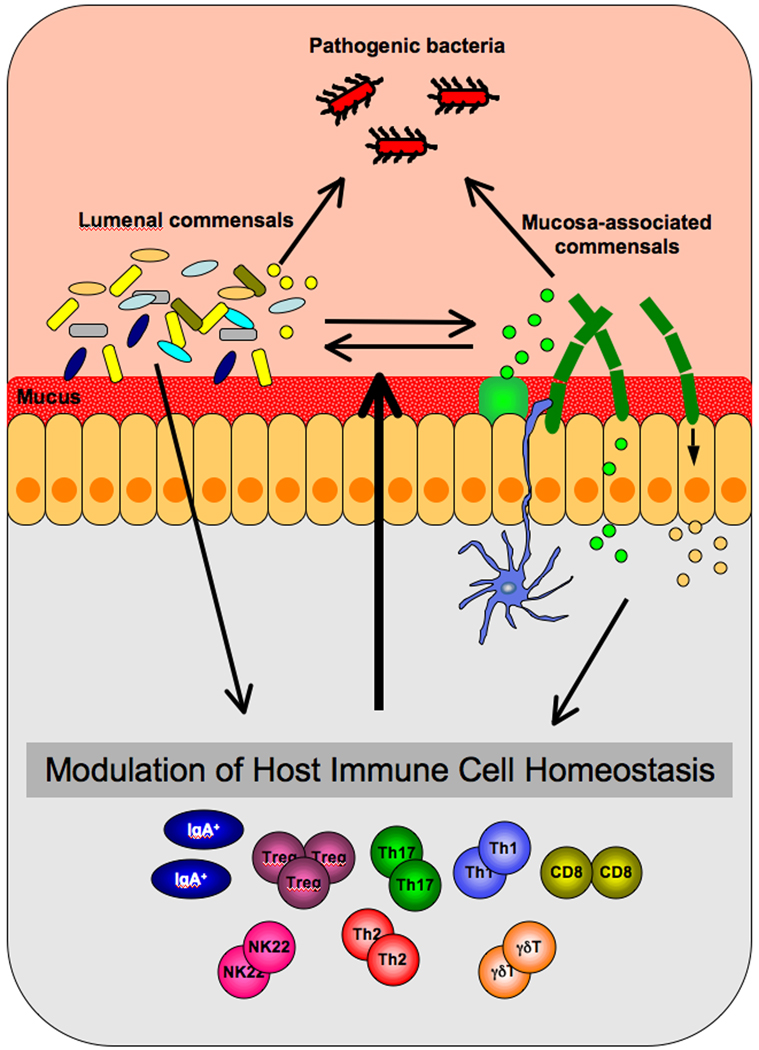Figure 2. Modulation of immune homeostasis by signals from commensal bacteria.
Most commensals cannot penetrate the mucus barrier. However, certain members of the microbiota, such as segmented filamentous bacteria (SFB), can reach the epithelial surface and establish direct contact with the host tissue. SFB and other mucosa-associated bacteria may therefore engage receptors and downstream signaling pathways in intestinal epithelial cells (IECs) that can lead to the production of IEC cytokines. In addition, mucosa-associated bacteria may be readily detected by interdigitating dendritic cells. Both types of commensals may exercise their immunomodulatory effects through the secretion of specific metabolites. These metabolites would in turn engage IEC receptors or translocate to the lamina propria. They may also diffuse in the mucus layer and modify its local composition or affect signals from other commensal or pathogenic bacteria. Ultimately the integration of signals from multiple microbiota components can affect the homeostasis of effector immune cells in the lamina propria, which will dictate the nature of the host immune response during an environmental challenge, such as intestinal infection. Signals from immune cells in the lamina propria in turn affect microbiota composition and function in the lumen to help establish mutualism, immune balance and an individual’s level of protection.

